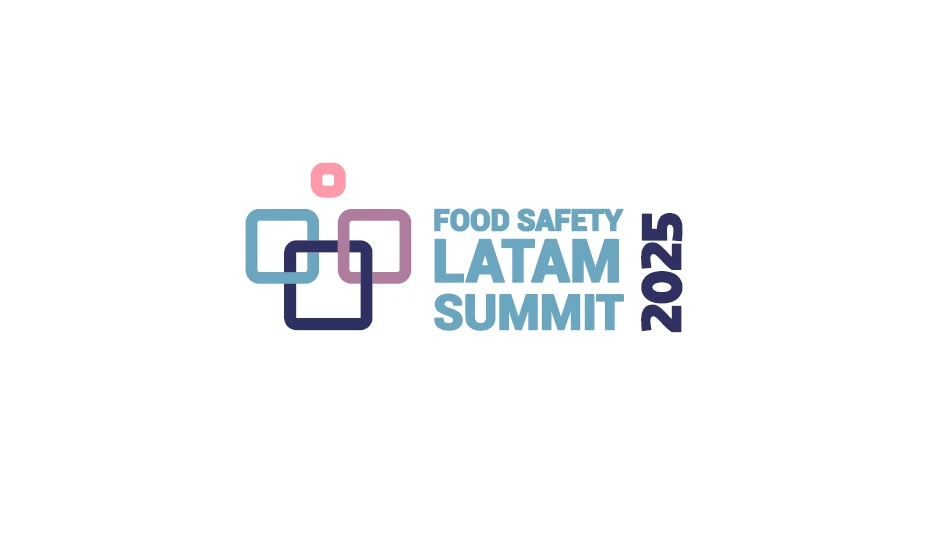Required for some, adopted by most, the Hazard Analysis and Critical Control Points (HACCP) program has become a standard across the industry. It is generally agreed that HACCP is a valuable component of any food safety risk management program. But experts caution that HACCP should be just that—one component of an integrated program involving all plant personnel and extending throughout the supply chain.
“A HACCP program alone is not 100 percent; it is only one piece of the puzzle in the system and the industry,” said Ata (Al) Baroudi, Vice President of Food Safety and Quality Assurance for The Cheesecake Factory. “It should be integrated into a bigger program—total quality management.”
According to FDA definition, “HACCP is a management system in which food safety is addressed through the analysis and control of biological, chemical, and physical hazards from raw material production, procurement and handling, to manufacturing, distribution and consumption of the finished product.”
Baroudi’s description of risk management offers a fairly simple concept: The end consumer expects to be able to have an enjoyable eating experience, not get poisoned or killed by the food. So, to fulfill this expectation, a processor must conduct a risk analysis based on the unique factors of each product and process, as well as the sensitivities of the target consumer (e.g., baby food).
However, Baroudi added, “I don’t think there is a typical system because each type of product is unique. There is not one system that fits all.”
HACCP was first instituted in the 1960s by NASA to ensure the safety of food sent into space with the astronauts, Baroudi explained, adding, “You never heard of anyone coming back with food poisoning.” Since then, he said, “The [food processing] industry, as an industry, has embraced the concept and uses it.”
Quality Control Consultant Joan Kasprzycki was the quality assurance manager for a national cookie manufacturer when HACCP was integrated into its food safety program. In the 1980s, the industry was following many of the HACCP steps, she said, but it wasn’t as formalized. It was in the mid '90s that HACCP began taking on a greater presence in the industry, with formal programs, ownership and training. This was integrated into the company’s program as it began strengthening its food safety program as a whole, “because we knew that anything in the news would greatly damage the brand,” she said.
A Complete Program. In her positions as QA manager and third-party consultant, Kasprzycki has conducted a number of plant audits and seen effective and ineffective HACCP programs. “You can say you have it. It looks nice in the book, but are you actually doing what you say?” Kasprzycki asks. “Did you really look at the processes, at all the steps?”
It is critical that all personnel take ownership of a HACCP program—that it not be considered “a QA thing”; the responsibility of the QA department. “It can’t just be QA. Every discipline in the plant should be included and responsible for the development and implementation of HACCP,” she said. “They’re all a part of it; they’re like the basement, the foundation of your house.”
Gaining the involvement and ownership of plant workers is, in large part, a function of training. When training personnel, Kasprzycki would tell them, “We are your insurance policy; we’re here to help you out,” then add, “We don’t make the cookie, we help protect it.” Involving those who are on the production line in the food safety and quality initiatives makes any program more effective, she explained.
Baroudi agrees with the importance of training. “We need to make human behavior change in a positive way,” he said. “From my experience, most people like to do the right thing, but most of the time, they don’t know what to do.” When training, you need to not only explain how to do it right, but also why, that is, “to protect people from dying.”
Supplier HACCP. To gain complete protection, it is also critical that one’s entire supply chain institute HACCP and risk management programs. “A successful HACCP program is a partnership—one forward, one back,” Baroudi said. “HACCP by itself in one plant, will not protect you. You need to have your own HACCP program and require each supplier and each customer to have a HACCP program.”
To explain why programs need to extend to all suppliers, Baroudi gave an example of worker uniforms. While conducting research for a white paper, he spent some time with a uniform supplier, inspecting the facilities and riding in a delivery truck. The driver was making stops at a variety of facilities to pick up dirty uniforms and deliver clean ones.
At a vehicle repair shop, the driver parked the truck under an overhang on which pigeons were roosting. He brought out a pile of worn uniforms and started loading them into bags placed on the ground which was covered in pigeon droppings—a known transmitter of Salmonella. The driver then put the bags into the truck alongside the new, sanitized garments—which were then delivered to a food-manufacturing plant.
“You have to think from A to Z,” Baroudi said. For every process, ask yourself, “What could go wrong along the way?”
Continual Reassessment. HACCP is a process of assessing hazards; prioritizing the most critical; and setting up points of control. To expand one’s program beyond standard in-line CCPs such as metal detectors, a plant can further assess risk by following the same steps and assessing and ranking ingredients. Determine those with higher risk by assessing potential and actual risk—what issues have you had in the past, Kasprzycki asks. Are you getting foreign material complaints? If so, are you checking incoming goods for foreign materials? Do you have safety practices throughout your lines? Do all employees know and understand them?
Plant incidents and customer complaints can be good indicators of areas which slipped through the cracks in the past and require greater attention. “Have a food safety team review what was found during the week,” Kasprzycki advised. “And listen to your people—they know.”
Continuing market changes, pathogenic evolution and technological advances also provide cause for continual reassessment. “There’s new ideas, new issues popping up that you probably didn’t think about before,” Kasprzycki said.
“Every day there is something new,” Baroudi said. Because of our ever-changing markets, new pathogens continue to emerge that, when put into a conducive environment, can mutate into a stronger and more resistant bacteria that can contaminate food to cause illness or death. In the past, Baroudi explained, the meat on a family’s table often originated from the animal on a neighboring farm; it was killed one day, purchased the next and eaten that day or the following—not giving pathogens time to grow or mutate.
Today, however, “fresh” meat listed in the Sunday sale circular of a national supermarket chain may have been killed 23 days ago, spent a few days in transportation to the warehouse; another few being separated and shipped to individual grocery stores, and another couple days in the store before being purchased and taken home to one’s freezer. Altogether, Baroudi said, that “fresh” meat could be 70 days old by the time it is eaten—during which time, the risk intensifies for the pathogens to have favorable support and environments in which to grow, and to cause problems.
Thankfully, however, technological evolution has also continued to advance to help keep such pathogenic contamination in check and further food safety efforts. Some of the top technologies Baroudi cites are real-time temperature monitors; the Internet—which has “turned the industry upside down”; ozonated water for cleaning of food-contact surfaces and washing of product, meat and poultry—“I would call this the silver bullet”; and remote video auditing (RVA). RVA cameras can literally act as a CCP, Baroudi said. Once trained on what to look for, a daily or hourly visual check can be made, with resulting marks of Pass or Fail. The system also can be used as a training tool to change behavior.
“Those are the technologies out there,” he said, asking, “Is the industry ready to use them or not?”
Mandated Programs. HACCP plans are currently required only for specific juice, meat, poultry and seafood production, however Baroudi believes HACCP plans should be required of every food and beverage processor—and that they will soon be. When it is voluntary, there is often the temptation to leave out things that will cost money, he explained. If it is required, that is not an option. “The industry has embraced it, but that is not as good as when it is mandated by the government.”
The author is managing editor of QA. She can be reached at llupo@giemedia.com.
Get curated news on YOUR industry.
Enter your email to receive our newsletters.

Explore the August 2009 Issue
Check out more from this issue and find your next story to read.
Latest from Quality Assurance & Food Safety
- FDA Foods Coalition Urges RFK Not to Cut More Resources, Staff
- Bird Flu: What FSQA Professionals Need to Know
- Registration Open for 129th AFDO Annual Educational Conference
- Frank Yiannas, Aquatiq Partner to Expand Global Reach of Food Safety Culture
- World Food Safety Day 2025 Theme: Science in Action
- Ancera Launches Poultry Analytics System
- USDA Terminates Two Longstanding Food Safety Advisory Committees
- Catalyst Food Leaders Announces Virtual Leadership Summit for People in Food





